Home - Contact Us - Cold War Hist. - 91st SRS Hist. - Stardust 40 Mission Story
|
||||||||
| Winter in the Tokyo area was fairly mild; yet, when it decided to snow, it came down in buckets. You can see evidence of snow accumulation in front of our barracks on the row of bikes in the first picture. No bike riding in this weather.
I can recall our returning from a mission in the dark of night, when we called in for a local visibility check prior to final letdown for landing. The tower operator told us “visibility is 16 feet.” Without further hesitation, we set sail for another USAF Air Base, further to the south, where the weather was more favorable for a safe landing. We returned later the next day, after catching up on some sleep and giving the weather some time to improve.
On the day we took this picture of Mount Fuji off our wingtip, with a carpet of clouds below, we were performing a test hop on a recently serviced aircraft. When we made our approach on GCA, in low visibility conditions, we found the runway very snow-covered and just barely discernable with the aid of flashing strobe lights. As we made a best guess as to the center of the runway and set the RB-29 down, we could just feel a giant puff of snow, much like an exploding feather pillow. As we sailed out of the cloud of snow and rolled to a stop, with runway underfoot confirmed, we had mixed feelings of relief and exhilaration from the magic and beauty of it all.
In spite of their increased reliability, these aircraft had a lot of miles under their belts and every mission, especially the takeoff, was an adventure waiting to unfold. The eyes, ears and sense of smell were on full alert for every crewmember during takeoff. Of special value, were the gunner/scanners who continuously observed the aircraft, from their point of view, at the side-window blisters. If there was trouble brewing, they were usually the first to observe a developing problem, alerting the entire crew.
In this sequence of three photographs we see the Aircraft Commander passing out instructions to the crew after being notified “fire on #3.” We had just broken ground at Yokota, the gear was coming up, and we were preparing to feather the #3 engine. With the failed engine shut down, prop feathered, we climbed to traffic pattern altitude and came around for a landing on three engines. Met by an array of fire trucks and personnel, the aircraft was parked and prepared for another flight on yet another day.
There were very few missions when there was not a failure of some part of one or more of the operating systems. Thorough preflight inspections and a constant team effort enabled ground and flight crews to carry out assigned missions with reasonable and predictable regularity. |
||||||||
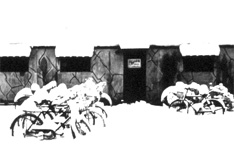 |
||||||||
|
|
||||||||
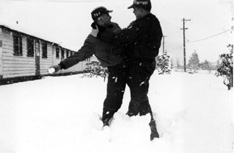 |
||||||||
|
a bit to test the snow. |
||||||||
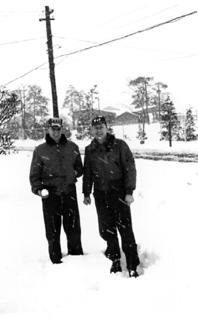 |
||||||||
|
|
||||||||
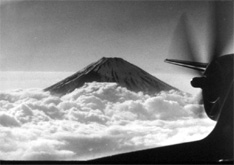 |
||||||||
|
the cloud deck. |
||||||||
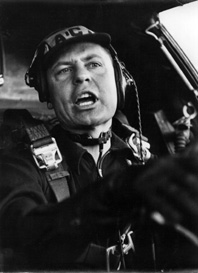 |
||||||||
|
|
||||||||
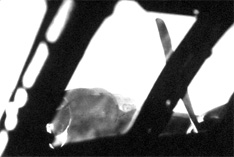 |
||||||||
|
downwind for landing. |
||||||||
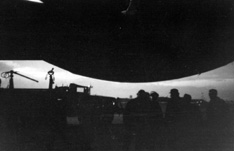 |
||||||||
|
from the fire department. |
||||||||
|
PREVIOUS — CONTENTS PAGE — NEXT Home - Contact Us - Cold War Hist. - 91st SRS Hist. - Stardust 40 Mission Story |
||||||||